BYD ETP3 vs Kia Niro – Which one offers the better deal?
Two cars, one duel: BYD ETP3 meets Kia Niro.
Which one wins in performance, efficiency and value for money? Find out now!
Costs and Efficiency:
When it comes to price and running costs, the biggest differences usually appear. This is often where you see which car fits your budget better in the long run.
Kia Niro has a hardly perceptible advantage in terms of price – it starts at 29100 £, while the BYD ETP3 costs 31600 £. That’s a price difference of around 2486 £.
As for range, the BYD ETP3 performs clearly better – achieving up to 233 km, about 171 km more than the Kia Niro.
Engine and Performance:
Under the bonnet, it becomes clear which model is tuned for sportiness and which one takes the lead when you hit the accelerator.
When it comes to engine power, the Kia Niro has a clearly perceptible edge – offering 180 HP compared to 136 HP. That’s roughly 44 HP more horsepower.
In terms of top speed, the Kia Niro performs convincingly better – reaching 185 km/h, while the BYD ETP3 tops out at 100 km/h. The difference is around 85 km/h.
There’s also a difference in torque: Kia Niro pulls clearly perceptible stronger with 265 Nm compared to 180 Nm. That’s about 85 Nm difference.
Space and Everyday Use:
Whether family car or daily driver – which one offers more room, flexibility and comfort?
Seats: Kia Niro offers clearly more seating capacity – 5 vs 2.
In curb weight, Kia Niro is slightly lighter – 1474 kg compared to 1640 kg. The difference is around 166 kg.
In maximum load capacity, the BYD ETP3 performs decisively better – up to 3500 L, which is about 2055 L more than the Kia Niro.
When it comes to payload, BYD ETP3 convincingly takes the win – 780 kg compared to 466 kg. That’s a difference of about 314 kg.
Who wins the race?
The Kia Niro proves to be wins by a narrow margin and therefore becomes our DriveDuel Champion!
Kia Niro is the better all-rounder in this comparison.
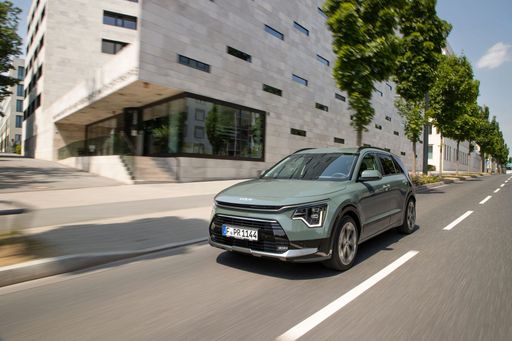 @ Kia Corporation
@ Kia Corporation
Kia Niro
BYD ETP3
The BYD ETP3 is a versatile electric van that seamlessly blends functionality with environmental consciousness. Its modern design is complemented by a spacious interior, making it ideal for both urban deliveries and day-to-day personal use. Advanced technology features ensure a smooth and efficient driving experience, setting a new standard in the electric vehicle market.
details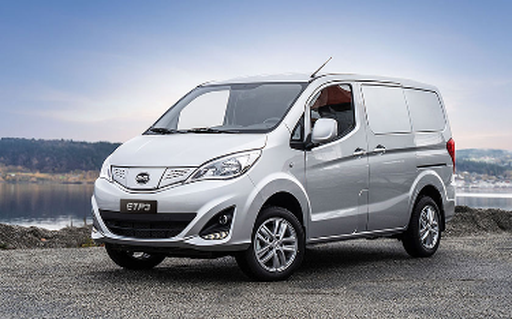 @ BYD Auto / BYD Global Media
@ BYD Auto / BYD Global Media
Kia Niro
The Kia Niro blends clever packaging and modern styling into a compact crossover that’s refreshingly sensible for daily life. It’s comfortable, economical and packed with user‑friendly tech, so if you want a fuss‑free family car with a touch of green credibility, the Niro is worth a test drive.
details @ Kia Corporation
@ Kia Corporation
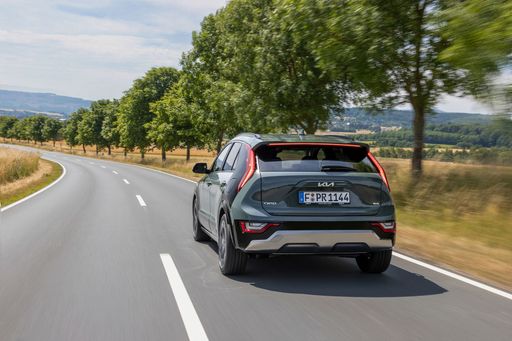 @ Kia Corporation
@ Kia Corporation
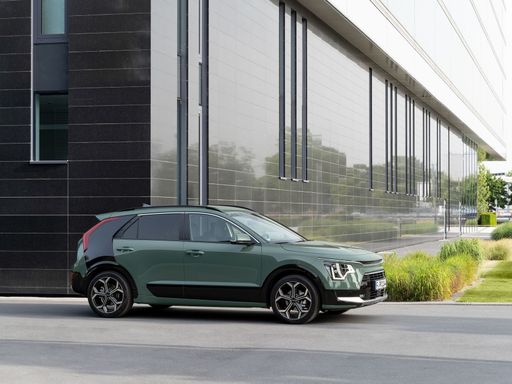 @ Kia Corporation
@ Kia Corporation
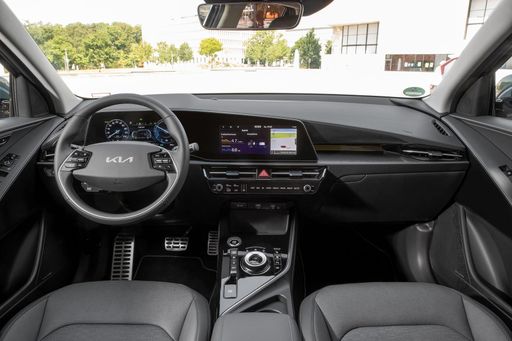 @ Kia Corporation
@ Kia Corporation
 @ Kia Corporation
@ Kia Corporation
 @ BYD Auto / BYD Global Media
@ BYD Auto / BYD Global Media
|
 @ Kia Corporation
@ Kia Corporation
|
|
|
|
Costs and Consumption |
|
|---|---|
|
Price
31600 £
|
Price
29100 - 38600 £
|
|
Consumption L/100km
-
|
Consumption L/100km
2.4 - 4.9 L
|
|
Consumption kWh/100km
-
|
Consumption kWh/100km
-
|
|
Electric Range
233 km
|
Electric Range
57 - 62 km
|
|
Battery Capacity
-
|
Battery Capacity
1.3 - 11.1 kWh
|
|
co2
0 g/km
|
co2
53 - 111 g/km
|
|
Fuel tank capacity
-
|
Fuel tank capacity
37 - 42 L
|
Dimensions and Body |
|
|---|---|
|
Body Type
Cargo Van
|
Body Type
SUV
|
|
Seats
2
|
Seats
5
|
|
Doors
5
|
Doors
5
|
|
Curb weight
1640 kg
|
Curb weight
1474 - 1594 kg
|
|
Trunk capacity
-
|
Trunk capacity
348 - 451 L
|
|
Length
4460 mm
|
Length
4420 mm
|
|
Width
1720 mm
|
Width
1825 mm
|
|
Height
1875 mm
|
Height
1545 mm
|
|
Max trunk capacity
3500 L
|
Max trunk capacity
1342 - 1445 L
|
|
Payload
780 kg
|
Payload
466 kg
|
Engine and Performance |
|
|---|---|
|
Engine Type
Electric
|
Engine Type
Full Hybrid, Plugin Hybrid
|
|
Transmission
Automatic
|
Transmission
Automatic
|
|
Transmission Detail
-
|
Transmission Detail
Dual-Clutch Automatic
|
|
Drive Type
Rear-Wheel Drive
|
Drive Type
Front-Wheel Drive
|
|
Power HP
136 HP
|
Power HP
138 - 180 HP
|
|
Acceleration 0-100km/h
-
|
Acceleration 0-100km/h
9.9 - 11.4 s
|
|
Max Speed
100 km/h
|
Max Speed
170 - 185 km/h
|
|
Torque
180 Nm
|
Torque
265 Nm
|
|
Number of Cylinders
-
|
Number of Cylinders
4
|
|
Power kW
100 kW
|
Power kW
102 - 132 kW
|
|
Engine capacity
-
|
Engine capacity
1580 cm3
|
General |
|
|---|---|
|
Model Year
2023
|
Model Year
2025
|
|
CO2 Efficiency Class
A
|
CO2 Efficiency Class
C, B
|
|
Brand
BYD
|
Brand
Kia
|
What drive types are available for the BYD ETP3?
The BYD ETP3 is offered with Rear-Wheel Drive.
The prices and data displayed are estimates based on German list prices and may vary by country. This information is not legally binding.
